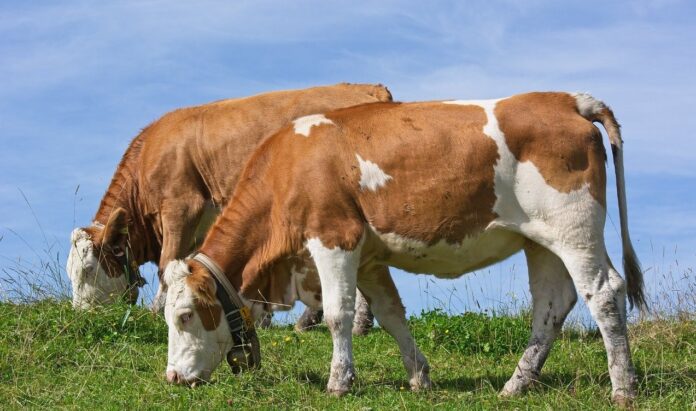An increase in biodiversity loss around the world is a major cause of concern. The global rate of species extinction today is much higher than the average rate over the past 10 million years. There is a key correlation between the global food system and biodiversity loss, and the former is a primary driver of this trend. This has been highlighted in a research paper published recently by Chatham House, a leading policy institute based in London.
The paper explores the role of the global food system as the principal driver of accelerating biodiversity loss. It explains how food production is degrading or destroying natural habitats and contributing to species extinction.
As per the think tank, “Currently, cropping and animal husbandry occupy about 50 per cent of the world’s habitable land. The rapid expansion of animal farming has been behind much of this land expansion. Since 1970, the collective weight of wild mammals has declined by 82 per cent, and indicators of vertebrate abundance have shown rapid decline.”
“Instead of wild animals, a small number of farmed animal species (mainly cows and pigs) now dominate global biomass. Together, they account for 60 per cent of all mammal species by mass, compared to 4 per cent for wild mammals and 36 per cent for humans. Farmed chickens now account for 57 per cent of all bird species by mass, whereas wild birds make up 29 per cent of the total. Animal farming now occupies 78 per cent of agricultural land globally,” it adds.
When a land is cleared for agriculture, it results in habitat destruction and biodiversity loss because the clearance of natural ecosystems, such as forests, takes away the sources of shelter and food that wildlife species depend on to survive and thrive. According to the ‘Red List’ maintained by the International Union for Conservation of Nature (IUCN), agriculture is an identified threat to 24,000 of the 28,000 species so far documented by IUCN as at risk of extinction.
The report also focuses on other aspects, such as fishing as the destroyer of marine ecosystems; agriculture intensification practices like use of pesticides, herbicides, fertilisers and equipment; and processes such as grazing by farmed animals that leads to degradation of land. Indirectly, the food system also drives biodiversity loss through its contribution to climate change. “The global food system is responsible for more greenhouse gas emissions than any other aspect of our lives. Climate change affects biodiversity by changing habitat suitability. This causes sensitive species to die out, or prompts them to move to new locations as other species move in,” report says.
The impacts of animal farming are not limited to biodiversity loss but also human health; COVID-19 pandemic being the most recent example. It is the latest in a series of emerging infectious diseases to have reached epidemic or pandemic levels over recent decades. The majority of these diseases have come from wild or farmed animals.
As per the report, there are three ‘levers’ for reducing pressures on land and creating a more sustainable food system, of which, one is to change dietary patterns to reduce food demand and encourage more plant-based diets. “A global shift to a plant-based diet would substantially reduce the requirement for pasture and cropland (taking into account human nutritional needs and population growth to 2050); such land could thus be spared for nature.”


